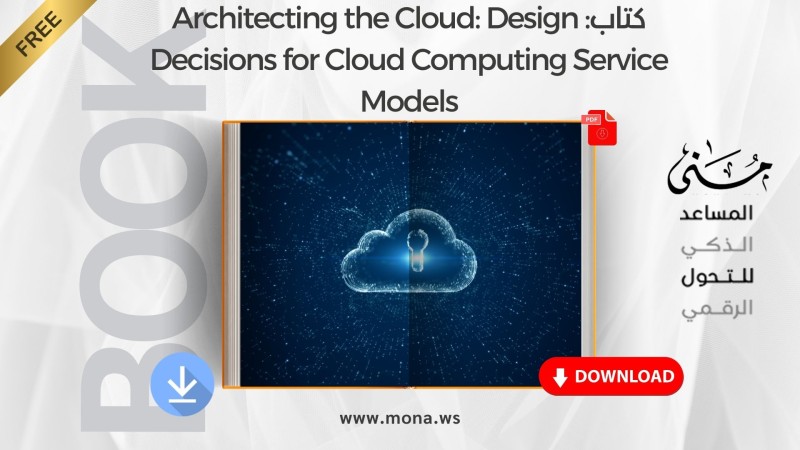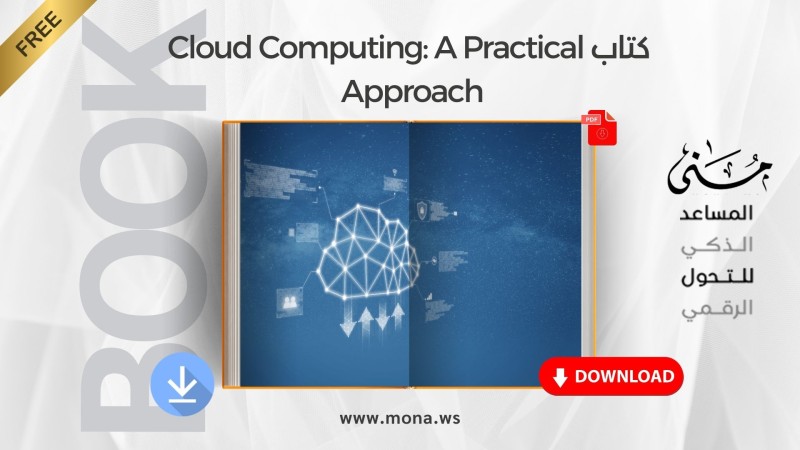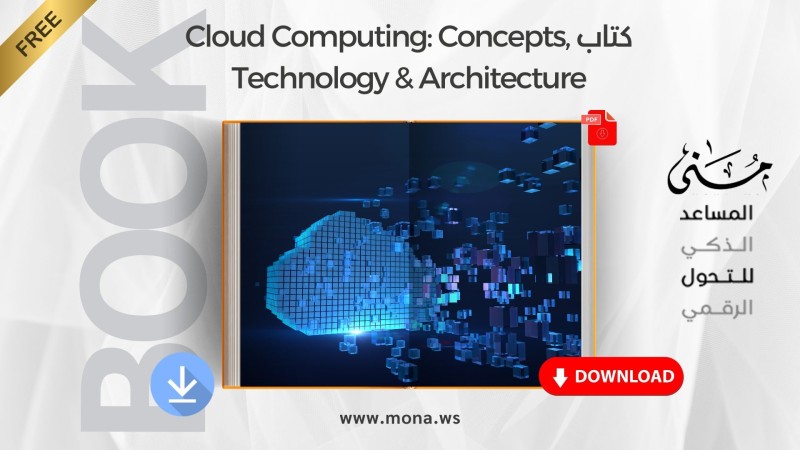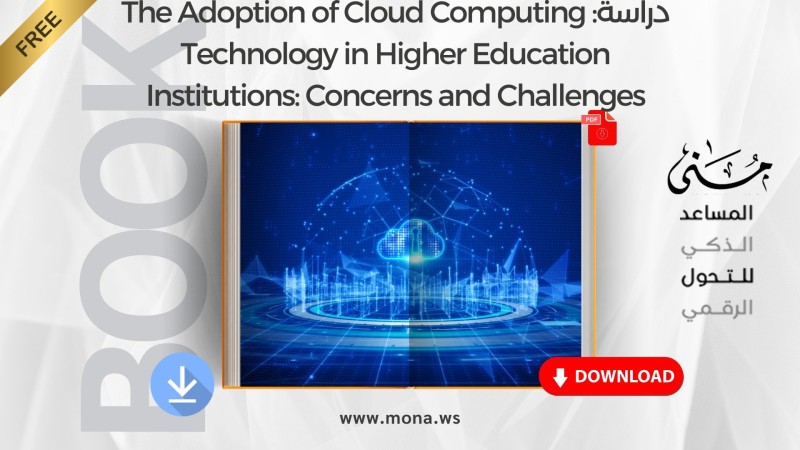book:Architecting the Cloud: Design Decisions for Cloud Computing Service Models
Written by:Michael Kavis
The book reviewsHow to make appropriate design decisions for cloud computing service models (SaaS, PaaS, IaaS), and provides a practical guide for technology architects and decision makers in enterprises.
The book aims to fill a knowledge gap in the market regarding how to choose the optimal cloud model for each situation. The author draws on his real-life experiences and real-life situations to develop a practical vision for the decision-making process. The book does not focus on specific vendors, but rather provides standalone content that can be applied to any cloud environment.
Why the cloud, and why now?
The first chapter discusses the evolution of cloud computing and presents examples of organizations that have successfully used the cloud, such as:Instagram, Netflix, and the US government—the goal is to demonstrate the radical change cloud computing has brought to traditional business models, reinforcing the idea of Architecting the Cloud.
Cloud computing service models
The author distinguishes between the three models during his presentation of the second chapter:
SaaS:Customers use the software directly without managing the infrastructure.
PaaS:Provides a platform for developers to build applications.
IaaSIt gives the ability to fully control the infrastructure through the web. Each model has advantages and limitations, making computing a necessary step to understand the required balance.
The author reviews the worst practices in the cloud through a set of common mistakes: such as unrealistic expectations, choosing the wrong vendors, neglecting customer requirements, and ignoring the effects of organizational change, all of which lead to failure inArchitecting the Cloud.
The author stresses the need to answer the six basic questions: why, who, what, where, when, and how. The process begins with understanding the work, not just the technology. Here it becomes clear thatArchitecting the Cloud must be built on a thorough understanding of business objectives.
When to use different models
Choosing the right model requires asking the question: When to use?SaaS, PaaS, or IaaS? Examples of use cases such as data warehousing, performance testing, or data analysis are given, and it takes a thorough understanding of each situation to choose the most appropriate one.
RESTful Services (REST) is the foundation of modern cloud services architecture. The author discusses the challenges of migrating legacy systems to the cloud and the importance of designing flexible APIs. REST is central to modern cloud architecture.
Security and Compliance
Cloud auditing addresses security and regulatory compliance requirements in the cloud. Implementing an effective audit strategy is essential to ensuring transparency and compliance, without which computing is highly risky.
The book discusses the organizational impact and changes in organizational structure when adopting the cloud, and the importance of change management to reduce resistance.Data characteristics such as volume, volatility, and regulatory requirements are presented, and the author discusses the appropriate database types for each situation. Data is the backbone of Architecting the Cloud.
Security design is a key topic. It discusses security at the service model level, presenting strategies such as encryption, key management, and access policies. Security is the backbone ofArchitecting the Cloud.
Cloud computing management
chronicleLog Management The need for a unified strategy for storing and analyzing operational logs. Logs are a vital tool in maintaining and understanding the computing architecture.
Service Level Agreements ManagementSLAs talk about how to draft and manage service agreements with service providers. Effective management of SLAs means successful Architecting the Cloud from a business perspective.
The book deals with monitoring strategies and proactive and reactive monitoring methods, and differentiates between performance, quality, safety, and compliance monitoring. Monitoring represents the eyeArchitecting the Cloud.
Disasters and Cloud Computing
The book presents multiple approaches to disaster recovery based on the cloud model. Having an effective recovery plan is an essential element inArchitecting the Cloud.
cultureDevOps Continuous integration and delivery are pillars of DevOps., explains how to speed upDevOps is the process of building cloud solutions and increasing their reliability. Culture plays a fundamental role in Architecting the Cloud.
Conclusion: The author believes that the future is heading towards mixed models.Hybrid Cloud), and that organizations should focus on core businesses and leverage SaaS and PaaS for supporting services. Success in Architecting the Cloud means understanding the technical, organizational, and strategic dimensions together.
Depth of decision making
The author places great emphasis on the fact that a successful transition to cloud computing is not just about technology, but about the ability to make sound design decisions based on regulatory, technical, and financial requirements.Architecting the Cloud doesn't just mean selecting a service provider, it involves a comprehensive business case analysis and a complete understanding of the current technology environment and future capabilities.
The author highlights real challenges he faced while implementing cloud projects such as migrating legacy systems (Legacy Systems) to the cloud, and the restrictions imposed by regulations such as HIPAA and PCI, are critical challenges that must be carefully addressed. Hence, the importance of Architecting the Cloud as a vital process to ensure compliance and operational flexibility.
The author concludes by emphasizing that cloud computing is not just a temporary fad, but the future of technology, andArchitecting the Cloud is the safe path to taking full advantage of this future, provided it is done with a systematic approach that combines flexibility, security, and speed of implementation.
You can download the book:Architecting the Cloud: Design Decisions for Cloud Computing Service Models directly from here.
 يمكنك تحميل كتاب: Architecting the Cloud: Design Decisions for Cloud Computing Service Models مباشرةً من هنا.
يمكنك تحميل كتاب: Architecting the Cloud: Design Decisions for Cloud Computing Service Models مباشرةً من هنا.









Comments
Add New Comment